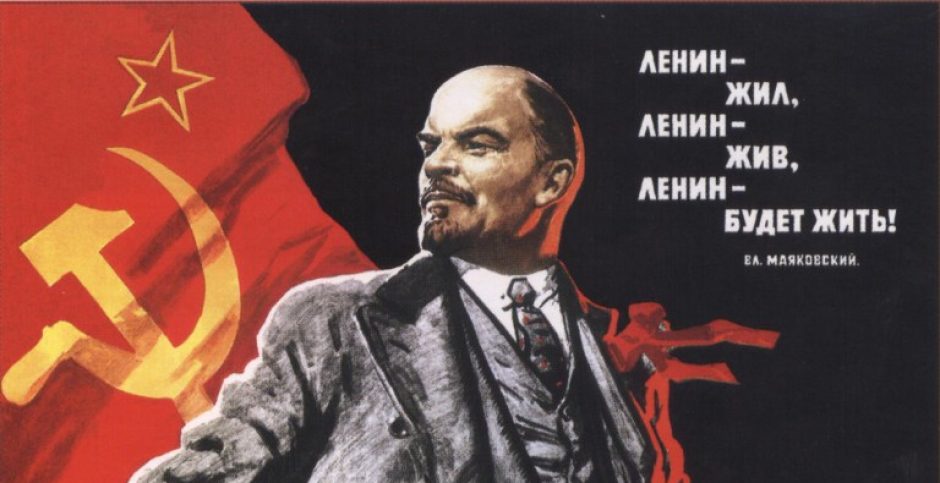For class on Monday, we read Irina Paperno’s succinct summary of Symbolist aesthetics during the beginning of the 20th century in Russia. While focusing primarily on the literary methods and theories of the symbolists, Paperno also contextualizes the historical views of the Symbolists as part and parcel of those of modernism in general:
Summing up an array of intellectual and artistic trends that developed in Western European cultures, and in Russia, at the turn of the century and lasted into the 193o’s, the concept of “modernism” suggests a certain generalized new “consciousness,” or “mentality,” holding that the accepted model of reality, or the world itself, is up for rearrangement. This mentality drew its strength from a characteristic feeling: the apocalyptic sense that humankind was living at the “breaking point” of history, destined for totally novel times and a new world. (3)
This dichotomy between the new and old world is at the forefront of Blok’s poem “The Scythians” written in 1918 after the revolutions of 1917. The historical nature of this poem is evident from the beginning, which starts with an an epigraph quoting Vladimir Solovyev (a “founding father” of Symbolist ideology) which reads “Panmongolism! Though a strange name, the sound of it pleases our ears.” The poem is narrated from the perspective of a “We” who serves as the shield between Europe and the Mongols. Blok himself seems to be included in this group. The poem calls for the “ancient world” to come to “…the summons of the barbarian lyre” and for the “We” to drop the shield and observe the “conflict raging on the field.” These calls parallel Blok’s arguments in his 1918 essay “The Intelligentsia and the Revolution” in which he calls on the intelligentsia to abandon their conflict with the people and listen closely to the “orchestral din” of the Russian Revolution. In light of the excerpt from Paperno cited above, it would seem that Blok’s poem is thus a post-apocalyptic work which embraces the “metamorphic” power of art which Paperno outlines on page 7 of her text.
“The Scythians” is rife with historical, ancient, and mythical symbols. If, as Andrei Bely asserts, Symbolism involves the embodiment or physical manifestation of the image, what implications does this have when Symbolists use historical images? Are these historical images “reembodied” or resurrected in the present? If so, what is the use of even calling these images historical at all?
